In this blog post I am going to continue to lay out a basic framework for ecological restoration and land management within Southeast Minnesota. Much of the info that I provide may also apply well within other regions and ecosystems, but I am going to specifically focus on the specifics of Restoravore’s direct area of influence.
One of the main causes of failure in ecological restoration and land management work is the basic failure to understand the existing ecological context. This error is then often multiplied by failing to set appropriate goals. Landowners can work really hard at eradicating some type of ‘problematic’ vegetation only to have it return or to have something just as troublesome move in and take its place. Many species (native and exotic) are specifically adapted to colonize recently cleared or disturbed land and will move in immediately if resources or real-estate are found to be available. In many cases, that is what has already occurred within a system before we even begin working with it. In this post I will introduce a concept that has been helpful for landowners that I work with.
Competitive Exclusion
A common thread within vibrant, functioning ecosystems is ‘competitive exclusion’. Plants, as well as other creatures within a community are in a constant struggle for the basic tools used for their survival. For plants, the three major resources are light, water, and nutrients. Although there may be some degree of ‘sharing’ or ‘trading’ between certain species, it is generally the case that competition for limited resources means that there will be some winners and some losers. In order to increase their odds of success in the face of such steep competition, many plants have opted to specialize within more narrowed ‘niche’ contexts. Some require less light. Some require minimal nutrients. Some have learned to extract their material requirements from rock or directly from the air. Some can store water for long periods, condense atmospheric moisture on fine hairs, or simply minimize their water requirements in the first place. Some plant species have even given up the process of photosynthesis and instead extract resources underground fungi. Some can choose to photosynthesize or steal from other plants instead. The list of unique plant adaptations goes on and on.
All of this specialization that has developed over long periods of historic time, leads to an ecosystem where the local resources are being used to their fullest extent (or very nearly so). There is little room for waste in a highly developed system. The species in these systems have already learned to capitalize on any surpluses that had been historically present. Even in ecosystems that have adapted with natural disruptions like fire, grazing, flooding, and erosion there are species that have learned to capitalize in those brief times of disturbance. They wait for just the right opportunity and then burst into action, gradually disappearing as the competition gets tough but dispersing their seeds for another opportunity some time in the future.
Invasion
When there are no resources or space in excess there is no substantial ‘vacuum’ to be exploited by a new invader. That being said, it is now becoming quite difficult to find situations like that– robust, resilient sites that continue to withstand the modern stressors of our time. It is currently much more common to find our remaining ecosystems with their baseline conditions changed so much that resource overloads and ecological vacuums are in abundance. Fire suppression, fragmentation, excess nutrient loading, hydrology changes, and loss of keystone species (such as grazing animals) are some examples of the critical changes that have taken place which have upset the ecological norms of our landscape.
The ‘problematic’ species of our area often come from ecosystems elsewhere that have already gone through their own time-proven processes of development and specialization. Their own historic home communities had already achieved some degree of internal balance, but our systems haven’t learned to coexist with them yet. It’s possible that some of these species will eventually learn to get along, but it is difficult to say how long that process will take, and what the collateral losses may be in the meantime.
I should also point out that many of the species that we currently consider ‘native’ and even ‘keystone’ members of our ecosystems were, at one time, novel introductions. Ecosystem evolution and species transfer are not novel processes, but we are certainly now in a period of increased rates of both. Our species’ social nature and our technology now converge to disrupt our natural world in some extreme ways. The question before us becomes what to do about it.
Cause vs. Effect
Most engaged landowners have a known set of invasive species that they are attempting to control or eradicate with varying degrees of success. More important than the efforts to remove these individual plants (or animals) may be the understanding of why they are there in the first place. We need to understand the baseline ecosystem changes that have occurred that led to these changes in the first place. It is important to address root causes rather than simply focusing on symptoms. Some questions to ask may include:
What vacuums have appeared in the system? What resources have become unusually abundant (or scarce)? As we observe the invading species, what can we discover about their adaptations, and why they might be gaining such an advantage now? How has sunlight availability changed over time, or fire regimes, grazing practices and nutrient loading? These are the questions that will lead us to the real solutions in our land restoration work and in our long-term land management.
The featured photo at the top of this post shows a rich ground layer of herbaceous vegetation. These species are spring ‘ephemeral’ bloomers that specialize in that brief window of time in the early spring when they have access to sunlight before the tree canopy fills up with leafy foliage. In the center of this photo lies one small individual Garlic Mustard plant. Garlic Mustard (GM) is a species with a nasty reputation in our area. It is the target of countless hours of hand pulling, targeted mowing, and many, many gallons of herbicide. In contrast to most of the spaces where people find themselves battling Garlic Mustard, in this context it is actually not a problem. Similarly, GM doesn’t tend to be a problem in healthy prairie and savanna spaces. It tends to specialize in disturbed areas that have been pushed out of their stable resilient states. In the context of strong competitive exclusion (like in this photo), it is all this individual ‘invasive’ plant can do to not buried by its neighbors. Can we learn to look beyond the symptoms, and instead look to the causes of our problems? Maybe many of our disrupted systems are simply broadcasting ‘VACANCY’ to any species offering to fill their void.
Maybe trying to achieve competitive exclusion should be a higher priority than some of the other ways we are currently spending our time, energy and resources.
I’ll be continuing this series by next explaining the concept of Restoration itself, and how we might begin to apply that practice.
This series of posts can be found in the ‘Resources’ page of our website.

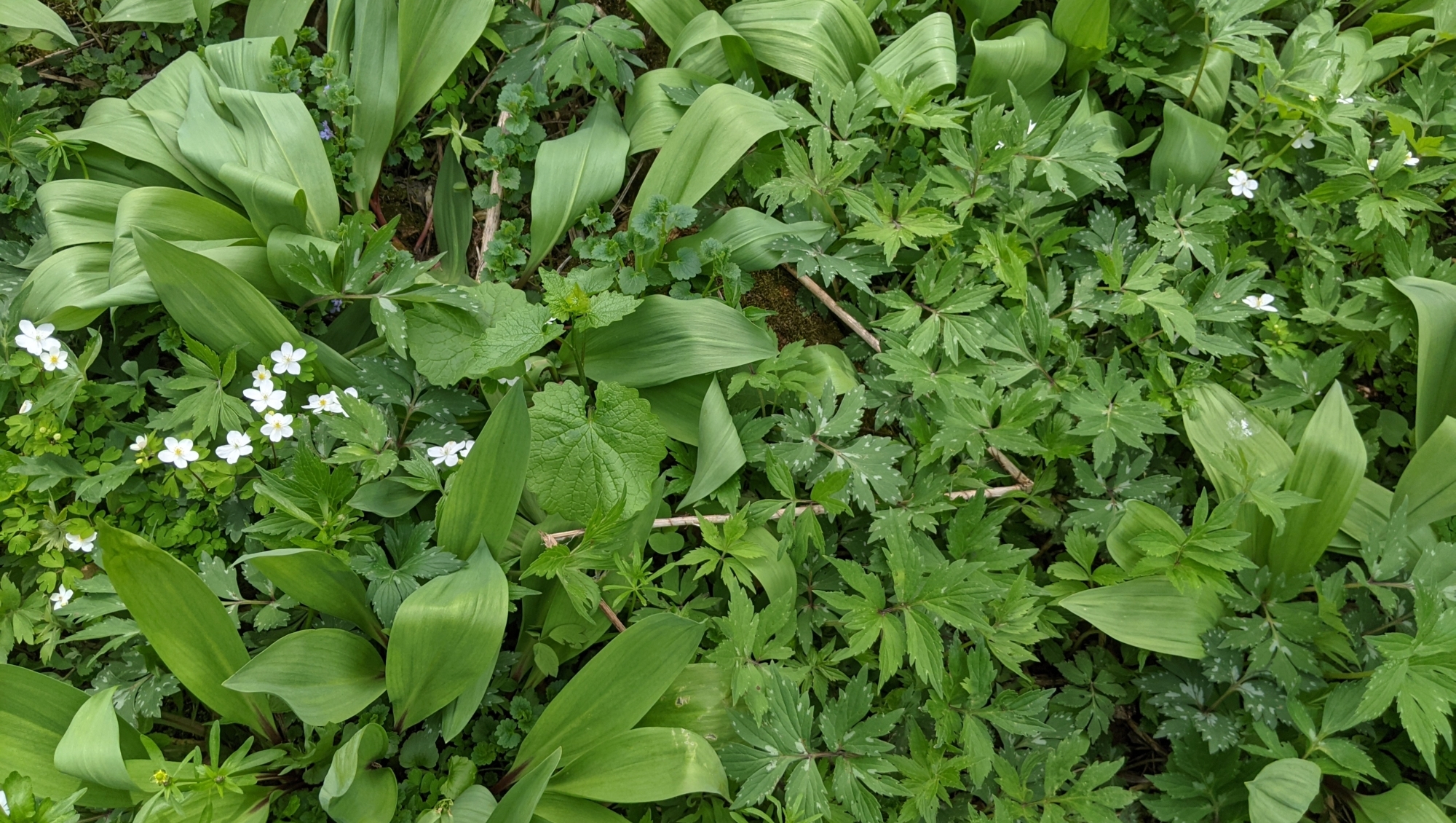


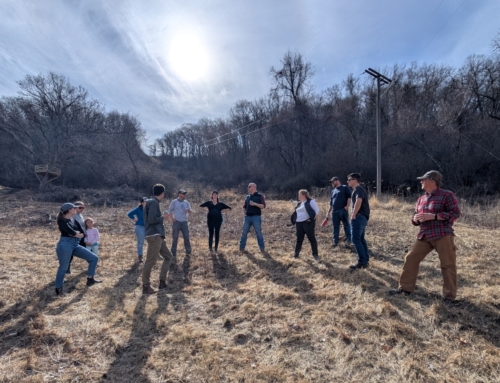
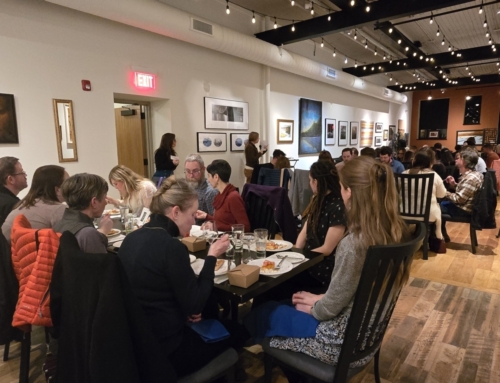
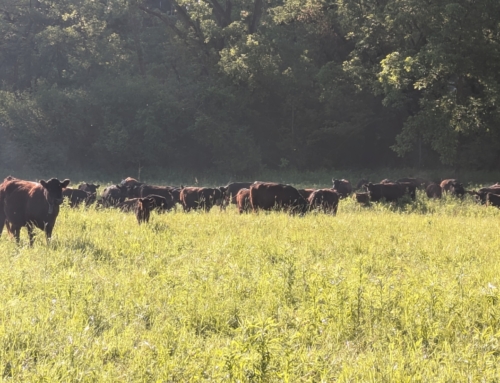
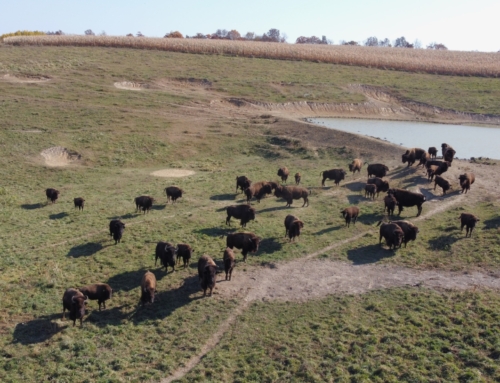
As someone who is currently feeling very overwhelmed by invasive species, I’m VERY excited to read this whole series!! Thanks for writing it, Gabe.
You’re very welcome Dayna! I’ve got a handful more of these ‘resource’ posts spooled up and am just trying not to overload people too fast!